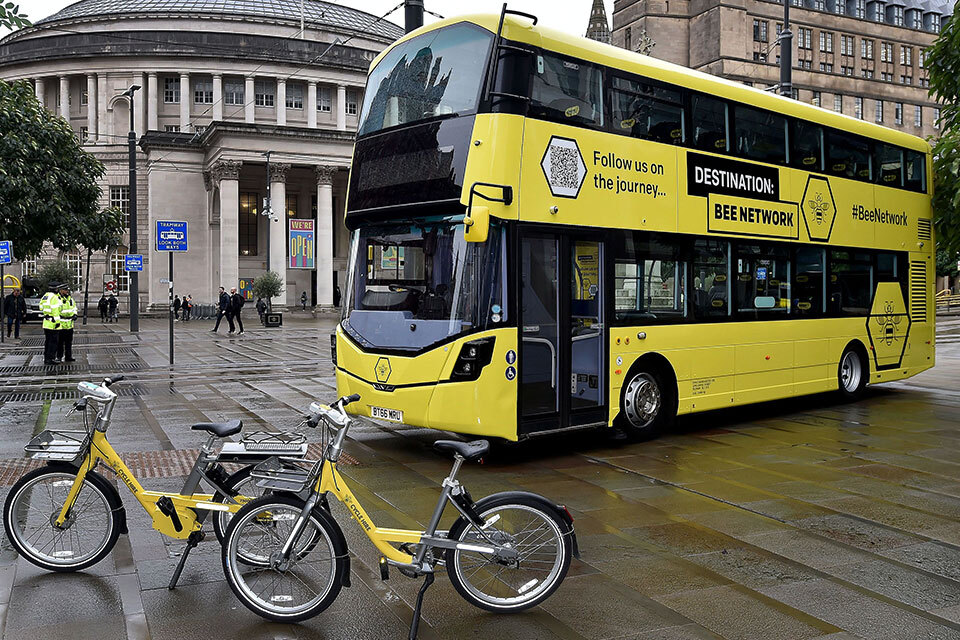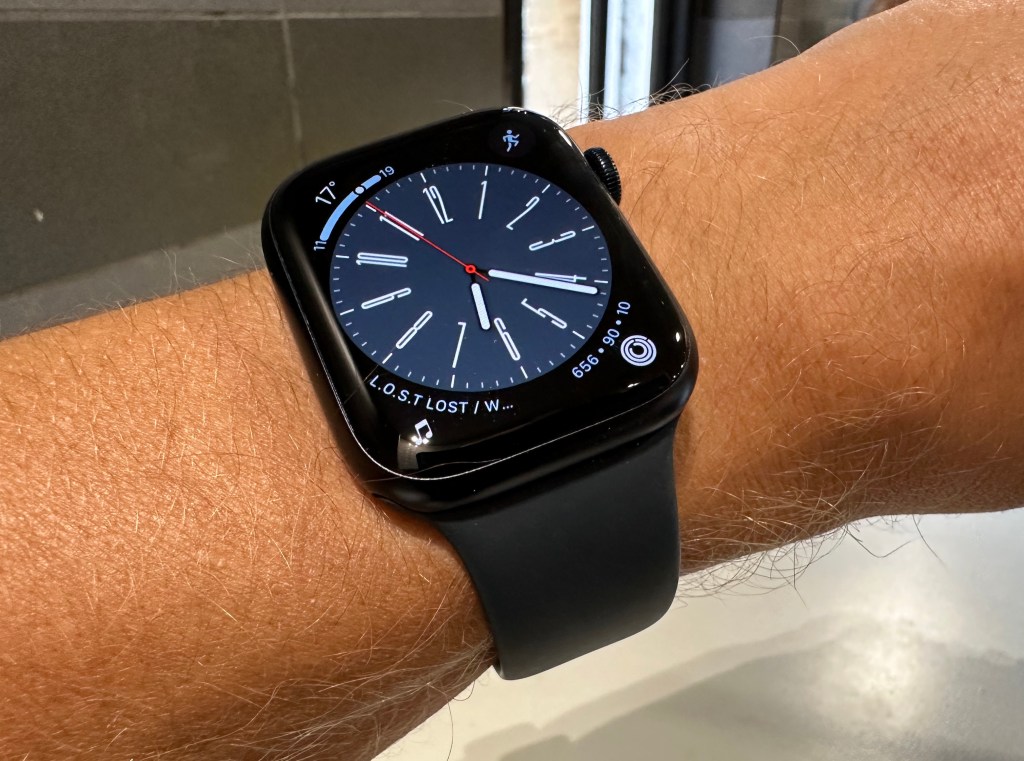In just the last month we’ve seen uncommon winter conditions in areas of the United States catching motorists by surprise. While snow in Florida is obviously not the norm, it’s important to be prepared for these conditions; that’s especially true if you live in areas of our country that do get snow on a regular basis. Preparedness for winter driving involves everything from stocking an emergency kit in your trunk to basic maintenance like pumping up your tires and checking that your wipers have life in them.
Here are the best practices you can follow to keep yourself out of trouble in snowy conditions.
Check the Tire Pressure and That You Have the Right Rubber
Tires are the most important component keeping your vehicle on the tarmac. They’re the only part that touches the ground. That’s why it’s imperative to keep them inflated to the right pressure, where the contact patch between the tire and the road is the biggest—maximizing the amount of traction. The contact patch becomes very slightly concave when your tires are underinflated and convex when overinflated, both of which lead to less grip.
Before grabbing an air pump or compressor, you’ll need to find the manufacturer’s recommended tire pressure for your vehicle. Most automobiles will have these numbers posted on the driver’s door sill. Open the driver’s side door and have a look around for a yellow or white placard. If it’s not there, it will likely be in the owner’s manual.
Needing all-wheel drive is one of the biggest fallacies when winter conditions hit. Sure, it might offer marginally more traction when you’re accelerating, but driving involves a whole lot more than going in straight lines. Your car also needs to stop and turn. Using caution and having a good set of tires, ideally winter tires, will be the most benefit in wintry driving conditions.
Once your tires are aired up, it’s a good idea to check what kind of rubber you’re rolling on. Summer tires are great for, you guessed it, summer. They are most often found on performance-oriented vehicles and have a tread compound that is stickiest in warm temperatures. All-season tires are a good option if you live in an area that gets cold temperatures and moderate snowfall.
However, nothing can beat a dedicated set of winter tires if your part of the country sees regular snowfall and freezing temps. These tires are designed to maximize traction during cold temperatures. They have blocky tread and small slits, called sipes, that are designed to disperse water on the road. Your vehicle will not handle as precisely on winter tires as it would on all-seasons or summer treads, but the added benefit and security during the winter is worth the tradeoff.
We recommend putting your winter tires on a separate set of wheels so you don’t have to waste time getting a tire shop or dealership to swap them on every season. If you have the right tools and ability to swap your winter wheel set on (with a floor jack, impact wrench, etc), it’s easy to make the change yourself.
Check Your Wiper Blades
Wiper blades are another critical safety component of your car that’s easy to overlook. The best set of winter tires will be useless if you can’t see where you’re going. As your wipers age, they’ll start to smear the contents on your windshield instead of clear them. That’s how you know it’s time to replace them.
Your local auto parts store or the parts department at your dealership will most likely have the right wiper blades for your vehicle. Some will even install them for you if you’re not DIY inclined. If you’re able to do it, spend some extra cash here to get wipers from a reputable brand like Rain-X, Bosch, Trico, or even Michelin. Your wipers will age faster in winter conditions. It’s good practice to replace them before they become a safety concern—like before you get stuck in a snowstorm.
One trick I recently adopted was applying Rain-X spray to my windshield in the winter months. It stops water from “sticking” to your windshield, giving your wipers less work to do.
Keep Your Car Stocked With Essentials
Motivational speakers often say “plan for the worst, expect the best, and prepare to be surprised.” That’s great life advice that also comes in handy for winter driving.
Things to keep in your car include emergency blankets, which pack down very small but can help you retain warmth if you happen to run out of gas/battery charge and have to wait with your vehicle for a while in frigid temperatures. A small snow shovel can help you dig your car out if it gets plowed into a parking space.
Jumper cables and a portable jump starter are things to carry all the time, but especially in winter, where cold temps can put extra strain on your vehicle’s battery and starter system. Finally, keeping a case of water is a good idea, though beware that the water will freeze if it’s too cold for too long.
The last essential is keeping your gas tank topped up or battery charged. For extra credit, it’s also good practice to top up your wiper washer fluid and coolant, all of which are essential for helping your car survive the harshness of winter. Be sure to consult your owners manual if you’re not sure where these fluids go.
Don’t Worry Too Much About Warming the Engine Up
Unless you live in the coldest ends of the earth, or drive a car that’s more than 25 or so years old, there’s no need to let your car warm up excessively before you set off. Just check to make sure there aren’t any obstructions in your exhaust pipe and you’re good to go.
Modern vehicles use advanced lubricants in the engine that function in extremely cold temperatures. For example, the pour point—the lowest temperature oil can flow under gravity—of the 5W-40 Castrol GTX that goes in my daily driver is -43.6 degrees Fahrenheit. That’s not to mention that extended idle periods can cause carbon buildup inside the engine, which can be problematic as your vehicle ages.
A good rule of thumb is to let your vehicle’s rpm settle before you get going, but this usually only takes a few seconds after the engine is started. This is a good practice in any season. As you set off, be gentle with the throttle for the first minute or so to let the engine warm up a bit.
Give Yourself Time
If there’s an active blizzard outside and you absolutely have to be driving, allow more time than you need for your trip. It may sound obvious, but it’s one of the best ways to keep yourself and others safe. Traffic will likely be moving more slowly due to the weather conditions. A time buffer will help reduce stress and thus maximize your chance of arriving to your destination safely.
Even after giving yourself plenty of time, it’s good practice to give the vehicle in front plenty of space. Stopping distances are longer in winter weather conditions when roads are slippery.
At The End Of The Day
While we lay out how to stay safe in winter conditions, it’s important not to forget that these tips will come in handy in all conditions. Preparedness and patience are some of the best virtues that you can have as a motorist. That being said, we’d be remiss not to mention that the best thing you can do in winter conditions is to stay off the roads altogether. If you don’t absolutely have to be anywhere, stay home.
Matt Crisara is a native Austinite who has an unbridled passion for cars and motorsports, both foreign and domestic. He was previously a contributing writer for Motor1 following internships at Circuit Of The Americas F1 Track and Speed City, an Austin radio broadcaster focused on the world of motor racing. He earned a bachelor’s degree from the University of Arizona School of Journalism, where he raced mountain bikes with the University Club Team. When he isn’t working, he enjoys sim-racing, FPV drones, and the great outdoors.
£





















